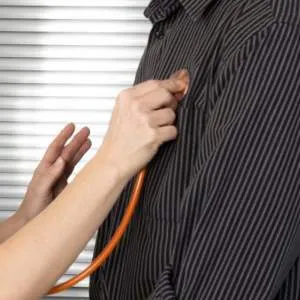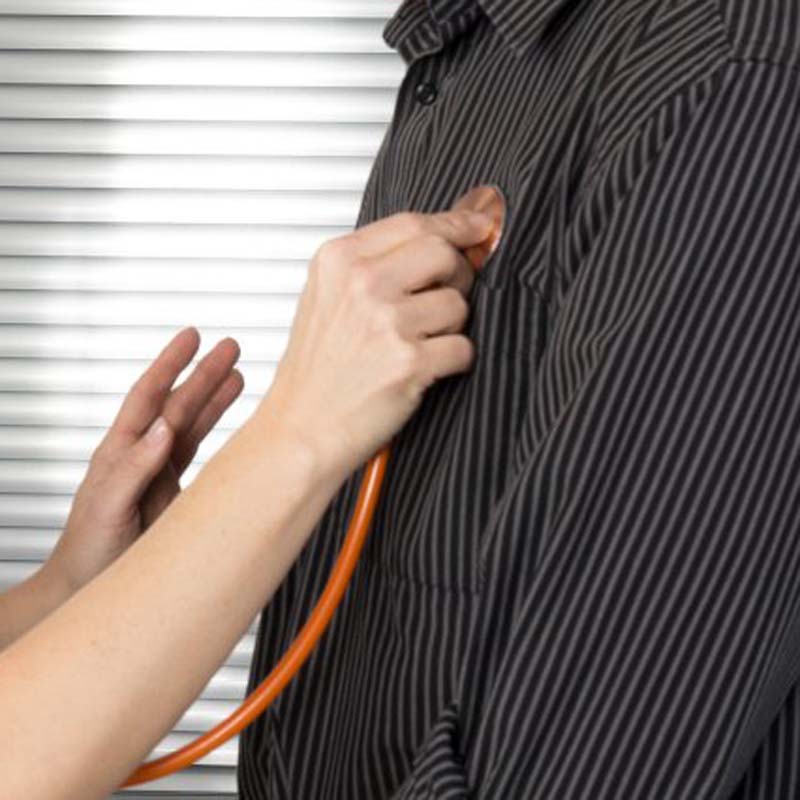
What Is a Transient Ischemic Stroke?
A transient ischemic stroke occurs when the flow of blood to the brain is temporarily interrupted or reduced. The only difference between a TIA and a full-bore stroke is that the latter lasts long enough to cause permanent brain damage.
What Are the Causes of a TIA?
- The most common cause is a blood clot, emboli, which often forms in the heart and travels downstream to become lodged in the brain.
- Another source is hardening plaque deposits in the arteries, a condition called atherosclerosis.
- A more unusual cause is upstream debris from narrowed carotid arteries.
- A special type of transient ischemic stroke is caused by a precipitous drop in blood pressure, which reduces blood flow to the brain and is called a “low-flow TIA.”
What Puts Me at Risk for a Mini-Stroke?
Most of these conditions are linked to high cholesterol, diabetes, obesity, smoking, high blood pressure and other classic conditions of a sedentary lifestyle.
In a corollary to that fact, men are more likely than women to suffer a TIA. Older people are more at-risk than younger ones.
What Are the Symptoms of a TIA?
The symptoms of a mini-stroke are similar to that of a full-blown stroke. Symptoms include sudden changes of vision, imbalance, confusion, speech problems, difficulty walking and numbness or weakness in one side of the body.
In a mini-stroke, the brain blockages go away of their own accord. Blood clots dissolve, plaque deposits break apart, and the blood continues on its way. There is usually no permanent brain damage.
How Should a Mini-Stroke Be Treated?
However, anyone who suffers a TIA is at immediate risk for another in the near future. Medical attention is required. Common tests include:
- A CT scan or MRI to track blood vessels and view activity in the brain;
- An echocardiogram (ECG) to check the heart’s shape, rhythm and overall condition;
- A battery of blood tests to measure platelet counts and an ultrasound to measure blood flow.
A physician may prescribe treatment to reduce blood clotting agents or to lower cholesterol levels. In all likelihood, he or she will also recommend dietary and exercise changes to improve cardiovascular health.
There is nothing small about a mini-stroke. It is a medical emergency and demands immediate medical attention and abrupt lifestyle changes. And the best cure is, of course, prevention. If you or someone you know is at risk for a stroke, seek professional assistance – because not every stroke victim receives a second chance.
